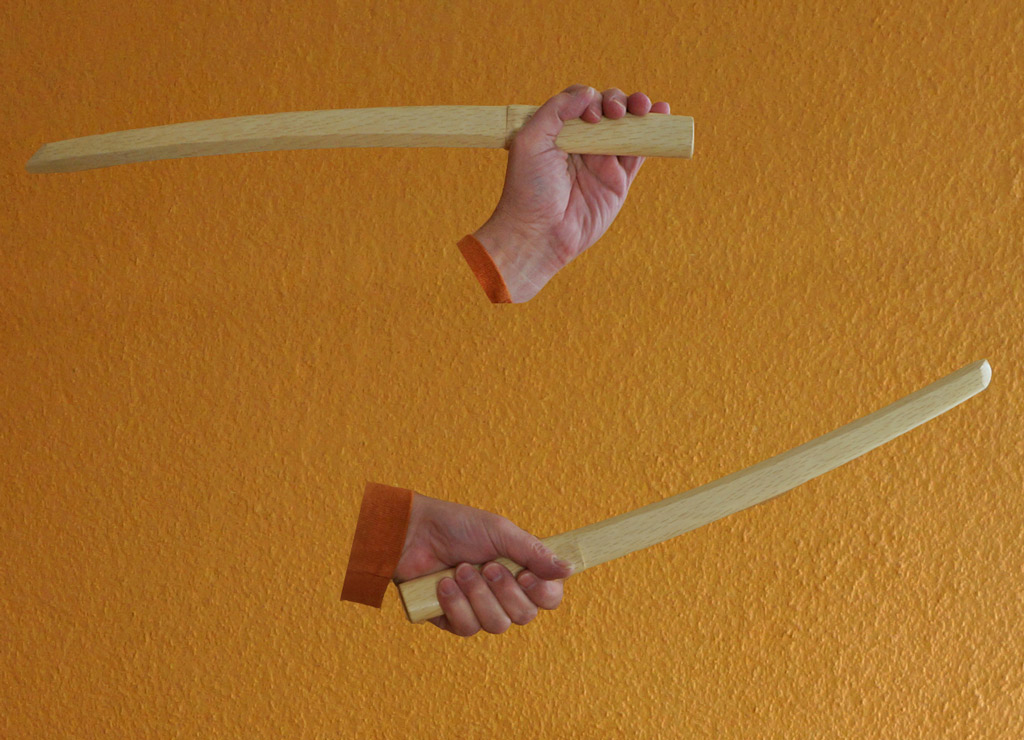Open a bottle
(example for right-handers)
1. To open the screw cap of a bottle, it is usually sufficient to hold the bottle with your right hand and to grasp the lid from above with your thumb, forefinger and middle finger of your left hand and turn it counterclockwise. However, this only works if the screw cap is not too tightly fixed.
2. If the closure is very tight, it is better to shape the fingers of the left hand so that you can pinch the cover between your thumb and forefinger. When the fingers are then well on the lid, you can fully grasp the bottle with your right hand and turn it clockwise.
3. If the neck of the bottle is long enough, you can use the thumb and forefinger of your left hand to form a ring.
4. This is placed well against the lid and the form is retained. The right hand then turns the bottle clockwise.

